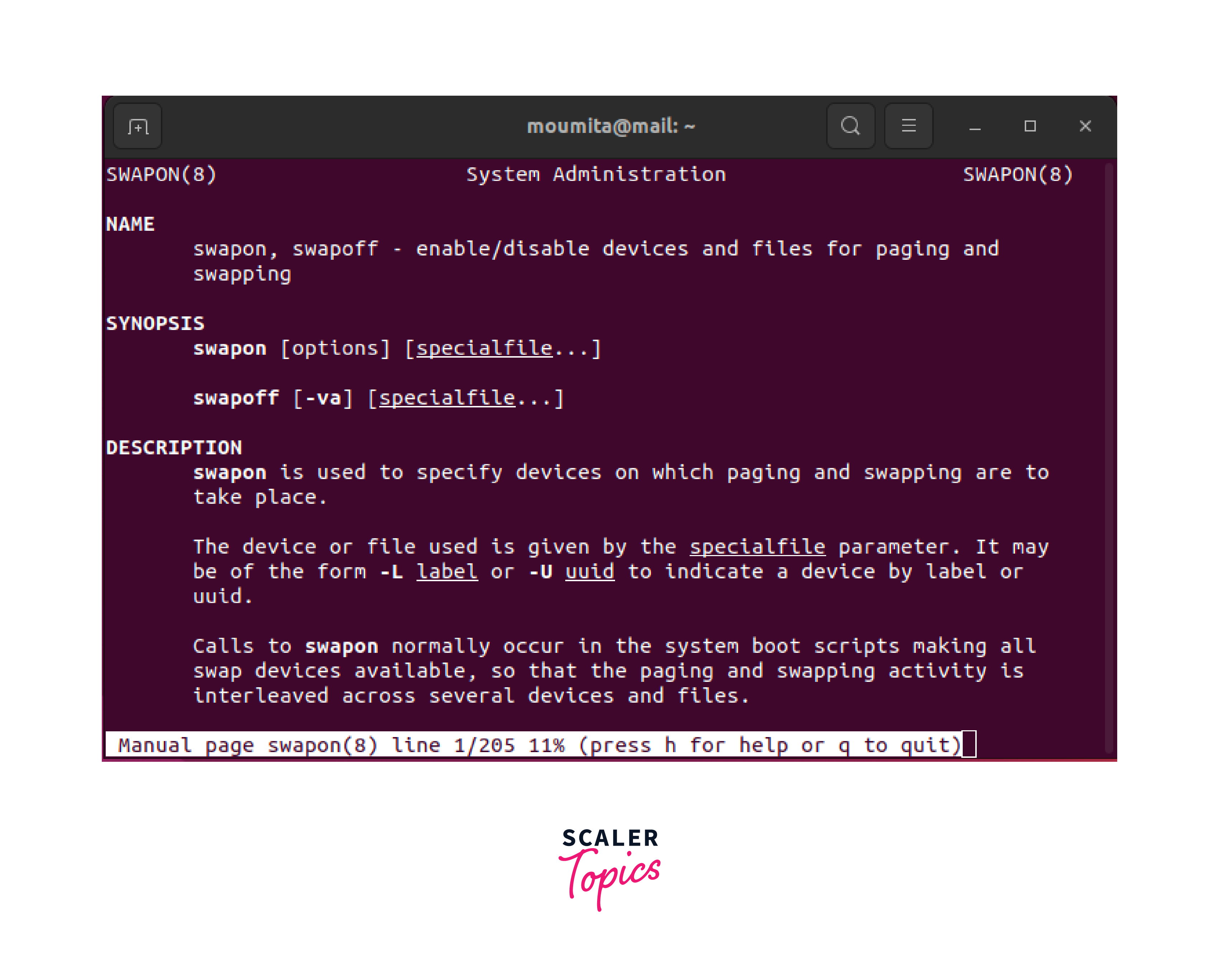What is Linux Swap?
Linux Swap is a special area on a hard drive or SSD that serves as a complement to the system's physical RAM (Random Access Memory). When the physical RAM becomes fully utilized, the operating system moves some inactive or less frequently used data from RAM to the swap space. This process is known as "swapping out" and helps free up RAM for more active processes. When the swapped-out data is needed again, it is moved back from the swap space to RAM (a process called "swapping in"). In this article we will learn "What is Linux Swap" in details.
There are two Basic Types of Memory in a Typical Computer.
Let's understand the definition of the two basic types of memory.
Random Access Memory (RAM)
This is the primary memory that is directly accessed by the CPU to store data and instructions needed by running processes. RAM provides fast access to data, but its size is usually limited compared to the total storage capacity of the system.
Swap Space
Swap space, as described earlier, is an extension of the system's memory that resides on the hard drive or SSD. It acts as a backup to the physical RAM, allowing the system to continue running even when the RAM is fully occupied.
Here on we will discuss "What is Linux Swap" and its objectives in Linux operating system.
Useful Commands to Monitor Swap Space Usage in Linux
To monitor swap space usage in Linux, you can use various commands. Here are some useful commands to check and monitor swap space usage:
swapon: This command displays the active swap spaces on the system, along with their paths and sizes.
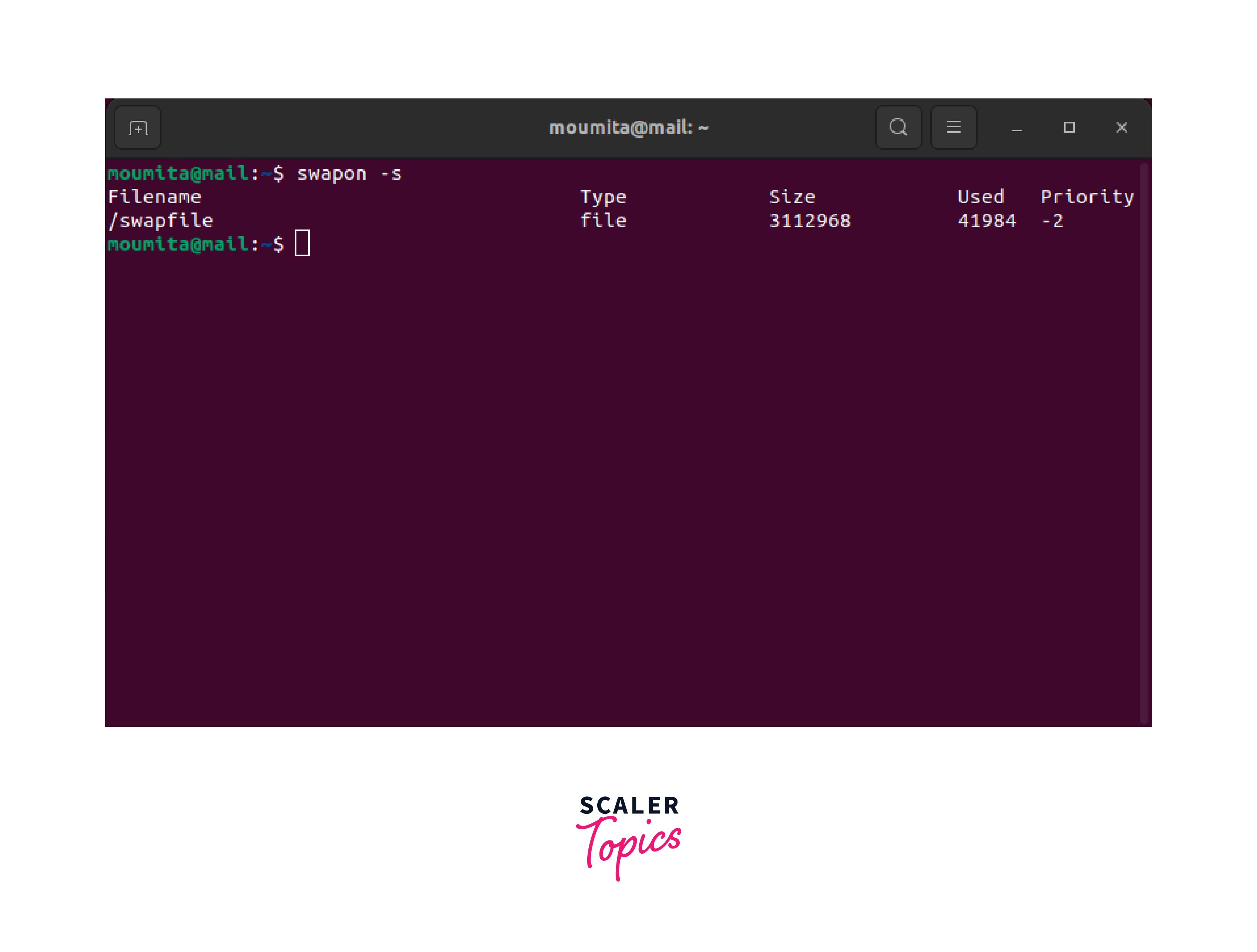
free: This command provides an overview of the system's memory, including both RAM and swap space usage.
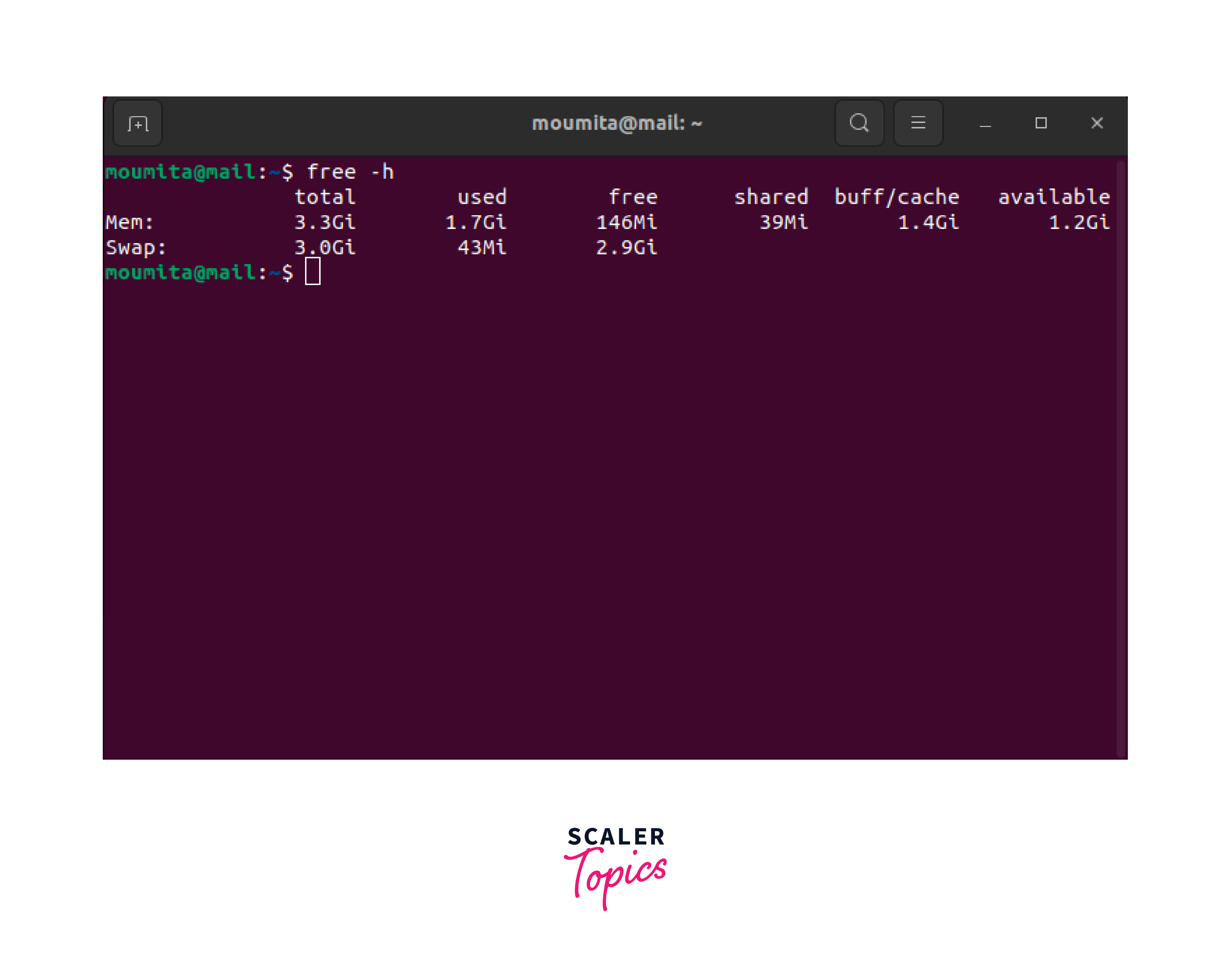
top or top: These commands display real-time information about processes and memory usage, including swap.
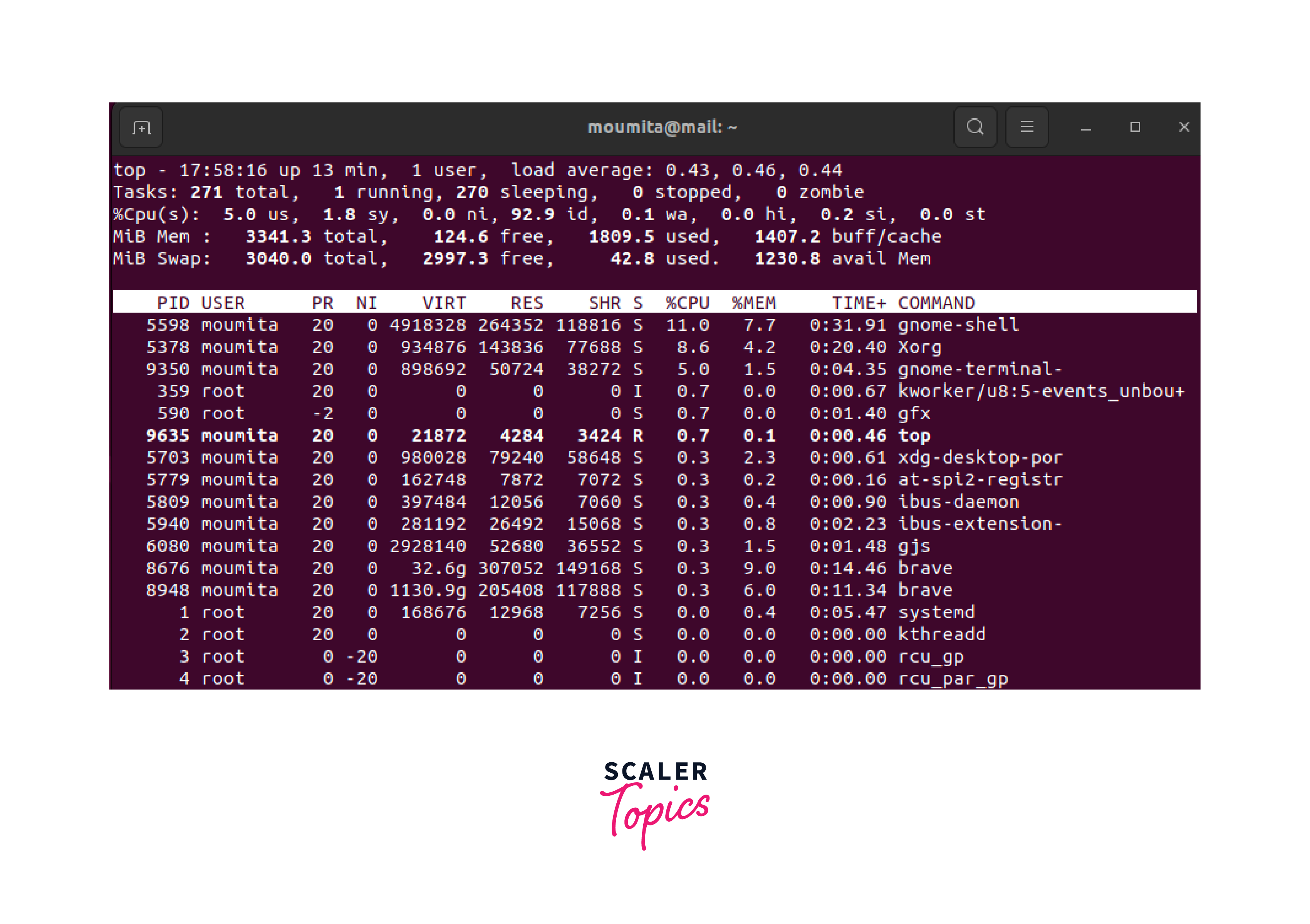
or,
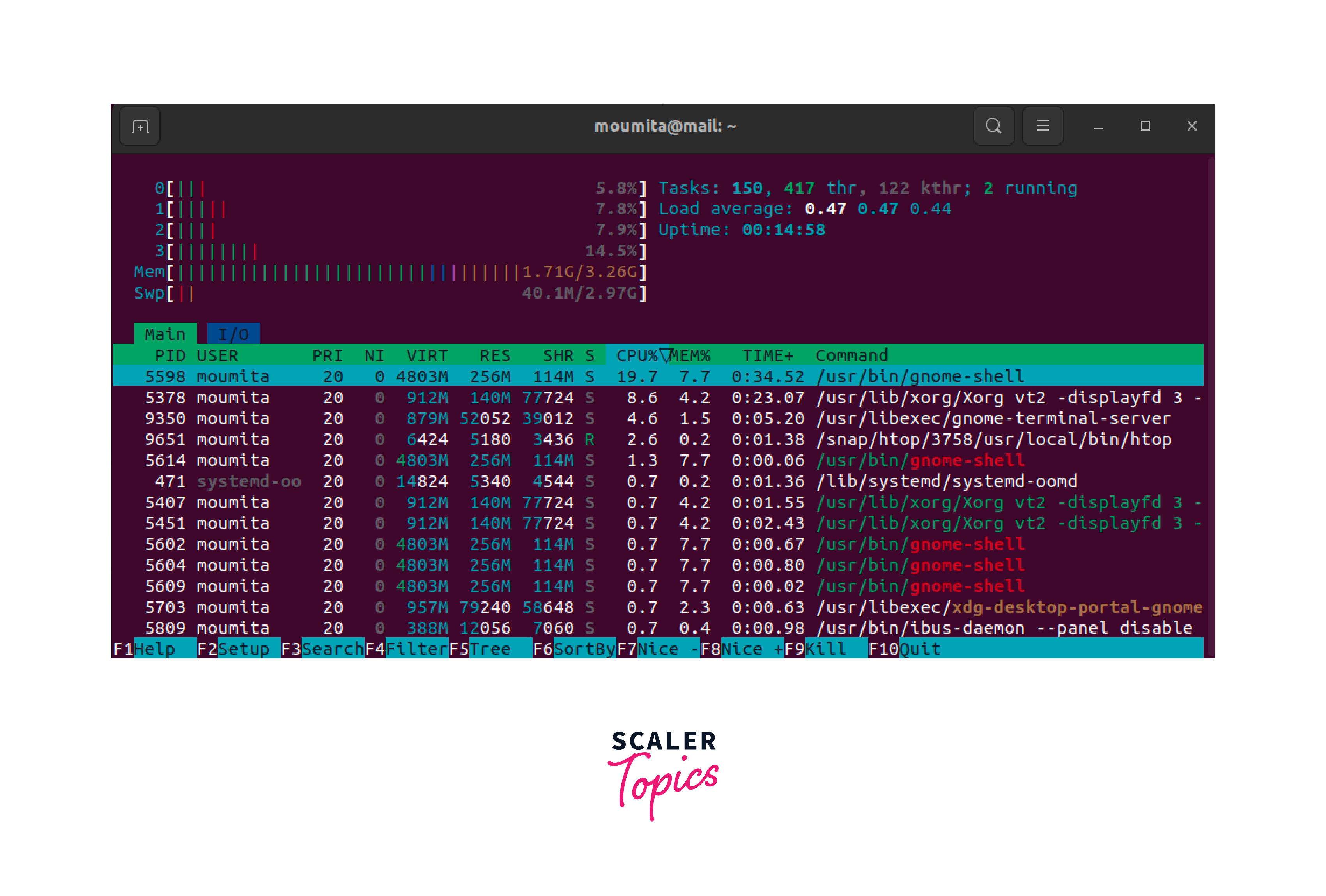
cat /proc/swaps: This command provides detailed information about active swap devices and their usage.
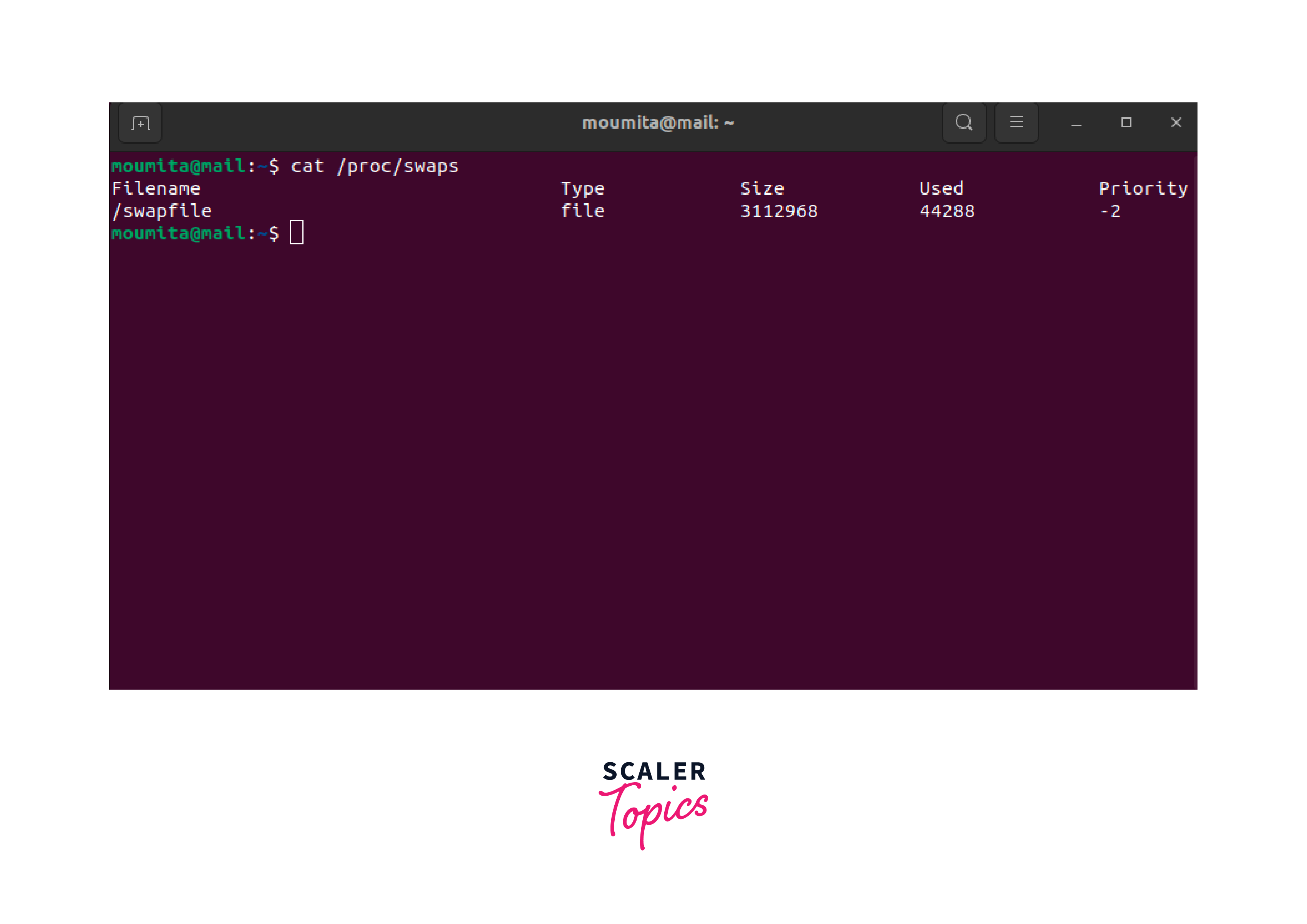
vmstat: This command displays information about virtual memory statistics, including swap space usage.
[Image_7: vmstat -S command shown as executed]
 [Image_7: Finished]
[Image_7: Finished]
sar: The System Activity Reporter (sar) command provides a wide range of system performance data, including memory and swap statistics. You may need to install sysstat package to use sar.
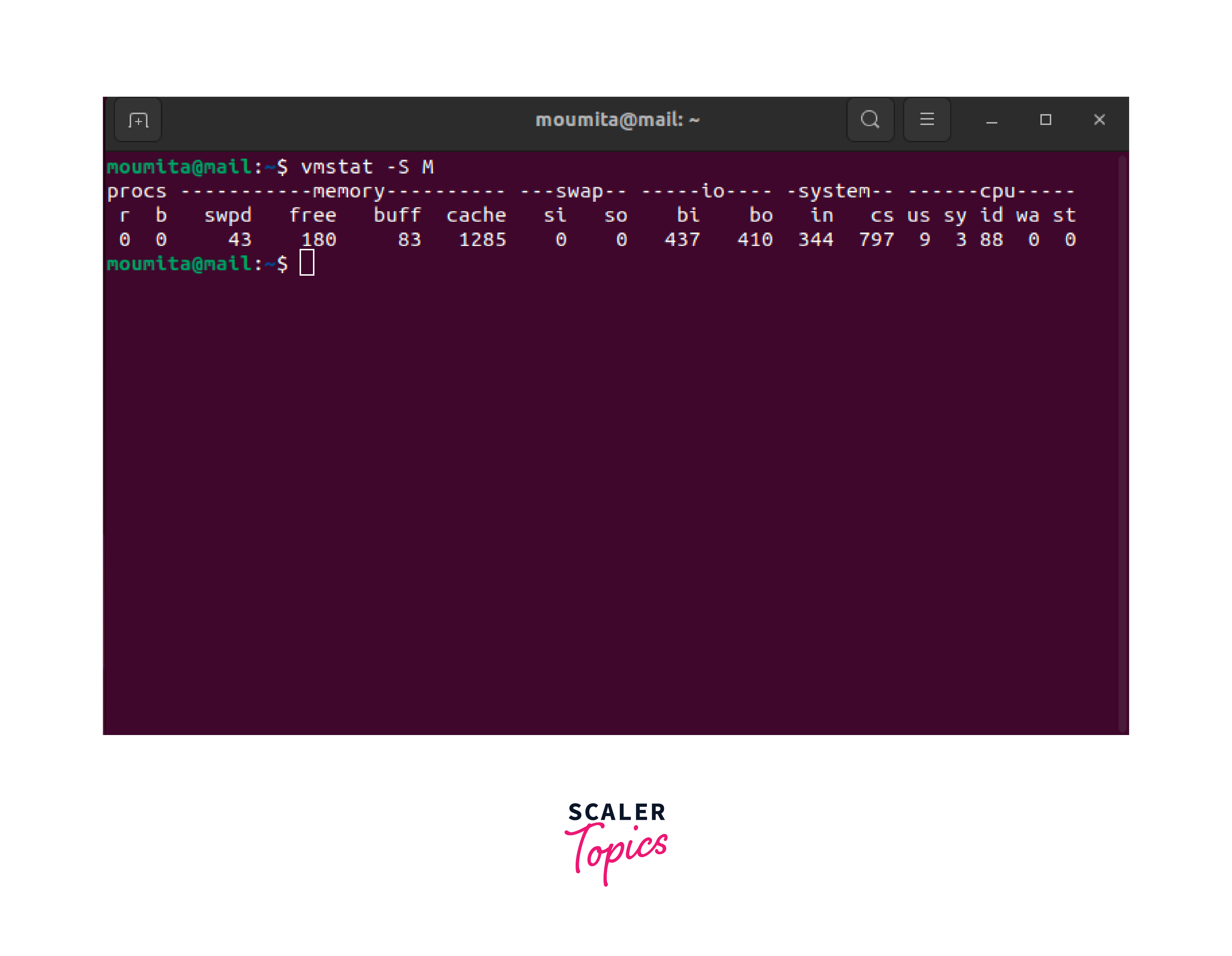
These commands will help you monitor the current swap space usage and understand how much swap is being utilized on your Linux system. Keep in mind that swap space usage can fluctuate depending on the workload and memory demands of running processes. If you notice consistently high swap usage, it may indicate that your system could benefit from more physical RAM to improve performance.
What Should be the Ideal Frequency of Swapping?
The ideal frequency of swapping depends on various factors, including the specific use case, the amount of physical RAM available, and the nature of the processes running on the system. In general,frequent swappingis an indication that the system is running out of physical RAM, which can lead to performance degradation.
Ideally, you should have enough physical RAM to accommodate the active processes without relying heavily on swap space. If you find your system constantly swapping and experiencing slowdowns, consider upgrading your RAM to improve overall performance.
Benefits of Using Swap Memory
Memory Extension: Swap space provides a way to extend the effective memory capacity of a system beyond the physical RAM.
Safety Net: When the system's RAM is exhausted, the swap space prevents the system from crashing by temporarily storing data that is not immediately needed.
Flexibility: Swap space allows the operating system to manage memory more efficiently by moving less frequently used data to disk and prioritizing active processes in RAM.
Hibernation Support: Swap space is essential for hibernation, as it allows the system to save the current state to disk and restore it upon waking up.
Conclusion
- In this article, we have discussed "What is Linux Swap" and its objectives.
- Linux Swap is an integral part of the memory management system in Linux-based operating systems.
- It serves as a backup memory extension when the physical RAM is fully utilized, enabling the system to continue functioning under heavy memory loads.
- While swap space provides essential benefits, it is generally more desirable to have enough physical RAM to meet the needs of active processes without relying heavily on swap, as swap usage can lead to performance slowdowns.
- Monitoring swap space usage and having a good understanding of your system's memory requirements will help you optimize its performance.

